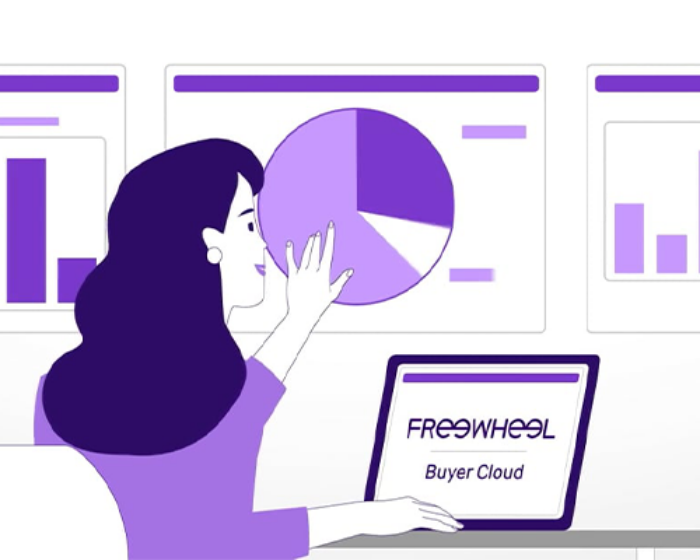As programmatic transactions for premium video continue to grow and the transaction type evolves, free ad-supported streaming television (FAST) channels have emerged as one of the fastest-growing options for advertisers looking to reach consumers in a premium environment.1 With viewership more than doubling over the past year, FAST, a form of over-the-top (OTT), has found its footing as a tool for reaching streaming viewers in a way that mirrors the linear viewing experience.2
The lack of payment and logins make FAST channels an easy and convenient choice for viewers, and six in 10 households with a connected TV (CTV) are tuning in.2 Even though the average U.S. consumer uses more than four subscription-based streaming services, many still choose to supplement these viewing options with FAST channels.2
Advertisers looking to distribute their ad spend with maximum benefit should consider the full scope of FAST’s capabilities to determine their best course ahead.
Viewers Are Watching and Willing
The fewer barriers advertisers have to break through to reach consumers, the better. According to a recent survey, 75% of participants said they didn’t mind watching ads on streaming services, as long as the content remained free. Plus, 69% said they already use FAST channels or that they would consider replacing their paid streaming services with them.2
FAST channels offer a wide variety of content, from mainstream to niche, creating more opportunities to reach specific audiences. Broadcast networks (like ABC, Fox, NBC, and CBS) and more specialized cable networks (like Hallmark, A&E, History, and BBC) all use FAST to reach their viewers.2 Though some viewers may land on FAST channels without realizing it, Xumo data shows that they will then spend an average of more than 100 minutes with FAST video content.2
As first-party data becomes more accessible than ever, advertisers can reach these already engaged audiences with ease. To reach them, advertisers in the US are largely leveraging behavioral targeting, which identifies viewers based on buying habits and digital browsing rather than demographics such as age or gender.3 Meanwhile, advertisers in Europe primarily rely on demographic targeting.3
More Devices = More Ads
CTV, which houses FAST content, continues to log the highest number of ad views with no signs of slowing down. In 2023 alone, CTV advertising is expected to grow globally by 14%, with audiences connecting through a variety of devices.3
Fragmentation across devices means that advertisers have even more opportunities to reach audiences no matter where they watch. With 82% of American households predicted to have at least one CTV device by 2023, sellers have an abundance of monetization opportunities at their fingertips, and buyers are well-positioned to reach the right consumers with their messaging.3
FAST Forward: What’s Next?
Advertisers looking to diversify their marketing portfolios should consider FAST channels as an option to reach more audiences across the globe. Ad views from FAST are up year-over-year in both the US and EUR (respectively 7% and 13%), making one fact inarguable: audiences are watching.3
Currently representing 50% of all OTT ad views, FAST channels will only continue to grow, solidifying its status as an increasingly important component of a streaming investment within multiscreen TV campaigns.3 If you want to reach your target audiences where they are most engaged, one thing is clear: move FAST.
For more insights into the video ad landscape and how FAST channels are redefining distribution, download the latest Video Marketplace Report.
Sources:
1. “The Rise of Programmatic.” FreeWheel, 2022.
2. “Free Ad-Supported Streaming TV: Why More Advertisers (and Consumers) are Going F.A.S.T.” Comcast Advertising, 2022.
3. “FAST Channels Redefine Distribution.” FreeWheel, 2023.



